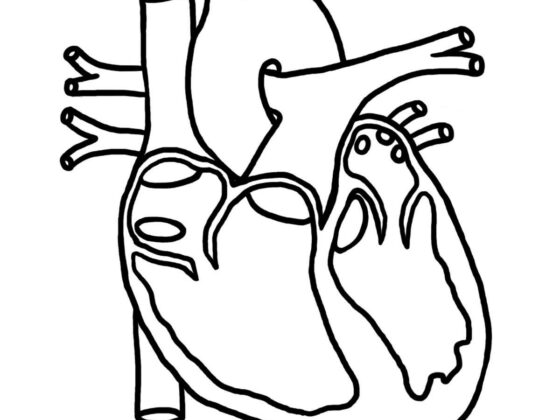Nowadays, there is a wide variety of paint options that you can choose from on the market, starting from watercolor to acrylic. One popular option is oil paint, known for its durability and long-lasting coverage.
Oil paints offer vividness to your artwork. Some of the best oil paint art is still enjoyed to this day, even immortalized in a digital form.
High-quality oil paints are expensive, while the cheaper ones tend to use less pigment mixed with more oil, fillers, and inexpensive additives. As a result, artists with limited budgets have to use oilier and waxier paints to cover a large surface of their paintings. Other times they mix these paints with another color, only to have the paint completely absorb the other color and disappear.
Ultimately, some artists prefer to make oil paints from scratch. This article will introduce guides on how you can embrace your creativity by making your own oil paint for your upcoming painting project.
How to make the oil paints
The process of making oil paints is straightforward. Here are the steps you can follow to make it.
Choosing the right ingredients
To make oil paint by hand, the ingredients you need only comprise pigments and oils. The most common choice of oil for paint-making is cold-pressed linseed oil due to its thin consistency, which makes it easier to adhere to the pigment particles.
Pigments may come from natural sources or are synthetically produced. These pigment particles determine the color intensity of the paint. If they tend to clump together, then the color will become opaque.
Mixing the oil and pigment
The first thing that you need to do is scoop a small amount of your preferred pigment into the glass palette. Create a hole in the middle and add a few drops of oil using a pipette or a little more pigment at a time until you get the desired paste texture, then mix and scrape with a palette knife until the mixture becomes a stiff but workable paste.
Use the peak test to determine the ideal ratio of oil to pigment. Lift the palette knife after placing it flat on the paint pile. On your paint palette, the leftmost peak should stick out. Your paint contains too much oil if it falls over too much. However, if the paint breaks before it can shape a peak, it means that the paint needs more oil.
Grinding the paint
Put a muller on top of the mixture and begin moving the muller in a large circle in changing directions. Avoid applying any pressure to the muller. Next, using a palette knife, regularly scrape the muller’s sides. Remember to scrape the spread-out paint into a pile in the middle of the slab after a few minutes.
Gradually grind the paste until you have enough to fill a tube. The process is complete if the paint’s consistency is smooth and feels ‘long’. To store your oil paint, spread it onto aluminum foil and fold it. You can also scoop the paint into an empty aluminum paint tube or put it in a jar with a lid.
Benefits of making your oil paint
The first benefit is that you can save more money on your art supplies. Unlike food or cosmetics, art supplies are made from fewer ingredients, so buying the materials for making your oil paints is much cheaper than buying the premade ones.
Second, you can customize the colors and achieve a wider range of shades and tones. You can avoid the fillers and chemicals frequently added to commercially manufactured paints by creating your oil paints. Furthermore, you can control the ingredients in your paints.
The paint-making process can also be a meditative experience that strengthens your connection with art. Grinding the paint does require time, so it may be a good idea to time the grinding process. It will help you remember how long it takes to create that specific colour using certain pigments.










